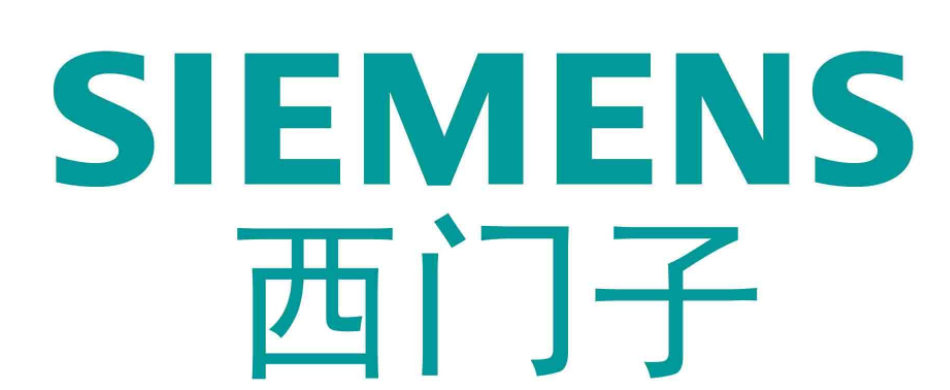USS (Universal Serial Interface) is a communication protocol developed by Siemens for drive devices. It has undergone a process of continuous development and improvement over the years. Initially the USS was used to parameterize the drive, ie more parameterized. Widely used in the connection of drive units and operator panels, commissioning software such as DriveES/STARTER. Recently, USS is more and more used for communication with controllers (such as PLC) due to its simple protocol and low hardware requirements, achieving general level communication control.
Note: USS provides a low-cost, relatively simple communication control path. Due to its design, USS cannot be used in situations where communication rates and data transmission rates are high. In these occasions where communication is required to be high, a more real-time communication method, such as PROFIBUS-DP, should be selected. This limitation of the USS must be taken into account when designing the system.
For example, if some applications with higher speed synchronization requirements (such as paper production lines) use USS communication control for dozens or even dozens of inverters, the effect can be imagined.

The basic features of the USS protocol are as follows:
Support multi-point communication (so it can be applied to networks such as RS 485)
Single-master "master-slave" access mechanism
Up to 32 nodes (up to 31 slaves) on a single network
Simple and reliable message format for flexible and efficient data transmission
Easy to implement, lower cost
The working mechanism of the USS is that the communication is always initiated by the primary station. The USS primary station continuously polls the individual secondary stations, and the secondary station decides whether and how to respond according to the received instructions. The slave never sends data actively. Answer from when the following conditions are met:
The received master station message has no errors, and
The slave station is addressed in the received master station message
If the above conditions are not met, or the primary station sends a broadcast message, the slave will not respond.
For the primary station, the secondary station must send back a response within a certain period of time after receiving the primary station message. Otherwise the primary station will be considered an error.
USS character frame format
The USS character transfer format conforms to the UART specification, which uses serial asynchronous transfer. The USS character transmission frame on the serial data bus is 11 bits long and includes:
Continuous character frames form a USS message. In a message, the interval between character frames is less than the transmission time of two character frames (this time depends on the transmission rate).
The free port communication mode of the S7-200 CPU is just able to support the above character frame format. By defining the free port of the S7-200 as the above character transfer mode, the USS protocol message can be sent and received through programming. The communication mode supported by the master controller must be identical to that required for the drive to be controlled, which is the basis for the communication between the S7-200 and the Siemens drive.
USS message frame format
The packets of the USS protocol are simple, reliable, and efficient. A message consists of a series of characters whose specific functions are defined in the protocol:
Each of the above cells represents one character (byte). among them:
STX: starting character, always 02 h
LGE: packet length
ADR: slave address and message type
BCC: BCC checksum
The data byte between ADR and BCC is called the net data of USS. The data exchanged between the primary station and the secondary station is included in the net data area of ​​each message.
The net data area consists of the PKW area and the PZD area:
Each of the above cells represents one word (two bytes).
PKW: This area is used to read and write parameter values, parameter definitions or parameter description texts, and to modify and report parameter changes. among them:
PKE: Parameter ID. Includes information on the master station command and slave response, as well as parameter numbers, etc.
IND: parameter index, mainly used to coordinate positioning parameters with PKE
PWEm: parameter value data
PZD: This area is used to transfer control and process data between the master and slave. The control parameters correspond to the round-trip between the master and the slave according to the set fixed format. Such as:
PZD1: The status word sent by the master station to the slave control word/slave station to the master station
PZD2: Actual feedback from the master station to the slave station of the slave station
PZDn: ...
Depending on the type of data being transmitted and the drive, the data lengths of the PKW and PZD zones are not fixed and they can be flexibly adapted to suit specific needs. However, in the automatic control task used to communicate with the controller, all nodes on the network must work at the same settings and cannot be changed at will during the entire work process.
A TPU Screen Protector made of the super toughness of the honeycomb structure. Its unique ultra-soft properties allow it to cover the most complex curves and contours in a device.
The self-healing design of the Hydrogel Screen Protector can protect the display screen of the device from damage, leave no air bubbles, and maintain the sensitivity of the touch screen. Advanced anti-fingerprint and dust- and oleophobic overlays keep your screen smudge- and dirt-free. This overlay is also important in providing maximum touch sensitivity for improved high-speed glide and optimal touch response.
The optical transparency of the Hydrogel Film is more than 90%, showing you the most original screen color and bringing the most realistic visual experience.
If you want to know more about the product information of the Hydrogel Screen Protector for Samsung, please click the product details to view the parameters, model, picture, price and other information of the Samsung Screen Protector.
Whether you are a group or an individual, we will do our best to provide you with accurate and comprehensive information about Hydrogel Screen Protectors!
Screen Protector For Samsung,Hydrogel Screen Protector for Samsung,TPU Screen Protector for Samsung,Hydrogel Film for Samsung
Shenzhen Jianjiantong Technology Co., Ltd. , https://www.tpuscreenprotector.com
